Introduce
The Airbus A321 is a twin engine medium and short range passenger aircraft developed by European Airbus Industries, and the Airbus A320 is an extended version. It is the largest aircraft member in the A320 series. Compared to the A320, it has increased seating by 24% and 40% space, slightly expanded wing area, added two emergency exits at the front and rear of the wing, reinforced landing gear, and used high thrust CFM56 and V2500 engines. If it is a high-density cabin layout, it can accommodate up to 220 passengers.
The Airbus A321 launched its construction plan on November 24, 1989. It made its first flight with a V2530 engine on March 11, 1993, and flew with a CFM56 engine in May of the same year. On March 18, 1994, the Airbus A321 began its service in Lufthansa Airlines. On the same day, the first A321 equipped with CFM56 engine was delivered to Alitalia. The A321 model has received a total of 649 orders and 371 have been delivered.
R&D History
The A321-100 began development in November 1989 and manufactured four prototypes. The first prototype equipped with a V2530 engine made its first flight on March 11, 1993, and obtained a European JAA certification on December 17 of the same year.
The second prototype aircraft equipped with the CFM56-5B engine made its first flight in May 1993 and obtained a JAA certification on February 15, 1994.
The first batch of aircraft began to be delivered for use on January 27, 1994.
The development cost of the A321-100 is estimated to be $500 million. As of June 2016, 1694 A321 aircraft have been officially ordered and 1307 have been delivered. The unit price of A321 is approximately $114.9 million (in 2016).
On the morning of October 29, 2014, Airbus Group announced on Tuesday that it plans to start production work at its first US factory. Airbus plans to produce larger A321 aircraft at the factory, rather than the originally planned A320 aircraft. This reflects the increasing demand for large aircraft in the market.
Airbus is conducting research on whether to provide a 236-seat Airbus A321. This high-density aircraft is likely to use the latest small seats, with the information bag set above the seat instead of below; At the same time, a small table will be equipped behind the seat.
It is reported that this new design allows the front and rear spacing of the entire cabin seats to be only 28 inches (71 centimeters). No extension or other improvements will be made to the fuselage, such as additional Emergency exit. Airbus stated that there are no specific plans to further increase the capacity of the A321.
According to Airbus' description, the maximum passenger capacity of the aircraft is 220 people. In comparison, the Boeing 737-900 has a maximum Seating capacity of 215. The 236 seater aircraft will be much larger than the models commonly used by budget airlines. In the same route, these aircraft may have some operational issues, such as the use of a single boarding escalator resulting in excessive boarding time and inability to quickly transition. As a result, the aircraft may be of interest to Boeing 757 alternative product leasing and scheduled airline companies, which can board and unload through two channels.
Meanwhile, by introducing A321NEO, the range of A321 can be increased from 3200 nautical miles (5950 kilometers) to 3700 nautical miles (6800 kilometers) at maximum passenger capacity; This makes long-range flights from Central Europe to the Canary Islands or flights on similar missions more feasible.
In April 2022, Sichuan Airlines Saide Aviation Technology Co., Ltd., as the landing subject of Sichuan Airlines' passenger aircraft refitting cargo aircraft project, will use Sichuan Airlines' Tianfu Airport hangar to carry out the first domestic Airbus A321 passenger aircraft refitting cargo aircraft business. In September 2022, Tianjin: The first batch of A321 Airbus major components settled on the only final assembly line in Asia. On September 12, it was reported that the first two large parts of Airbus A321 aircraft were successfully unloaded and loaded at the Pacific International Container Terminal in Port of Tianjin, and will arrive at the Airbus final assembly line on September 13.On November 9th, it was announced that the Tianjin final assembly line was opened.
Major accident
On March 21, 2003, TransAsia Airways accident, TransAsia Airways flight number GE543, model Airbus A321, registration number B-22603, hit the air force Tainan base engineering vehicle under construction on runway 36R when landing at Tainan Airport at 22:35 (1435UTC) local time on March 21, 2003. On board, there were 2 pilots and co pilots, 4 cabin crew members, and 169 passengers, all safe. The driver of the engineering vehicle was injured and sent to the hospital. The aircraft's left landing gear, left wheel hatch, left inner trailing edge flap, and left rear fuselage were damaged. Pakistan Air Crash On July 28, 2010, Pakistan Blue Airlines Airbus 321, with registration number AP-BJB, took off from Karachi, Pakistan, and flew to Islamabad Benazir Bhutto International Airport (ISB). Due to weather conditions, the crew failed in three attempts to land. Later, due to the crew's misoperation, the captain mistakenly reduced the aircraft's altitude by 2300 feet instead of the required 2510 feet, Crashed in a mountainous area located 9 kilometers from the airport. This is the first Airbus 321 accident that resulted in the death of 6 crew members and 146 passengers on the plane, resulting in a total of 152 deaths. On October 31, 2015, Kogalym Air Flight 7K9268 crashed. On the way from Sharm el Sheikh, Egypt, to St. Petersburg, Russia, Kogalym Air Flight 7K9268 (Airbus A321) lost contact over Sinai Peninsula, Egypt. On November 1, Egyptian officials said that flight 7K9268 crashed in Egypt's Sinai Peninsula, killing all 224 passengers and crew members on board. None of them survived. Russian and Egyptian experts arrived at the scene of the Russian airliner crash in the Sinai Peninsula on the 1st to investigate. A senior official of Russian aviation said that the crashed airliner had disintegrated when it was high in the air.
Bortnikov, Director of the Russian Federal Security Service, announced at the meeting of the Russian Security Committee held on November 16, 2015 that the Russian Airbus A321 crashed in the Sinai Peninsula, Egypt, after investigation, was carrying explosive devices, and the explosion was the cause of the crash. Bortnikov said that explosives with TNT equivalent equal to 1.5 kg TNT were detonated during the flight of the passenger plane, which caused the plane to disintegrate in the air and the body to fall to the ground in all directions.
During the scheduled inspection of an A321 aircraft, a 1.5 ton aviation fuel leak occurred accidentally. In July 2022, a Russian Airlines A321 aircraft accidentally leaked aviation fuel during the scheduled inspection, and the accident did not cause any injuries. It is reported that during the regular maintenance of the Russian Airlines A321 at Moscow Sheremetyevo International Airport this week, the maintenance personnel were replacing the fuel pump on the wing, which accidentally caused the leakage of 1.5 tons of aviation kerosene. After firefighters arrived at the scene, they sprayed and covered the leaked aviation kerosene, diluting it. The accident did not cause any injuries.
Abnormal event In the evening of April 16, 2023, when an A321 passenger plane of EVA Air was towing, its wingtip accidentally cut into the left fuselage of a Boeing 777 passenger plane (also EVA), causing structural damage, while the A321 estimated that the whole wingtip was more.

1=Airbrakes
Brake= REV
Trim= Trim
VTOL= Flaps
Specifications
Spotlights
- Brololxd 1.4 years ago
- AirJMCAviation one year ago
General Characteristics
- Created On Windows
- Wingspan 115.1ft (35.1m)
- Length 165.9ft (50.6m)
- Height 43.0ft (13.1m)
- Empty Weight N/A
- Loaded Weight 51,100lbs (23,178kg)
Performance
- Power/Weight Ratio 0.965
- Horse Power/Weight Ratio 0.117
- Wing Loading 41.7lbs/ft2 (203.4kg/m2)
- Wing Area 1,226.7ft2 (114.0m2)
- Drag Points 22212
Parts
- Number of Parts 339
- Control Surfaces 9
- Performance Cost 2,147

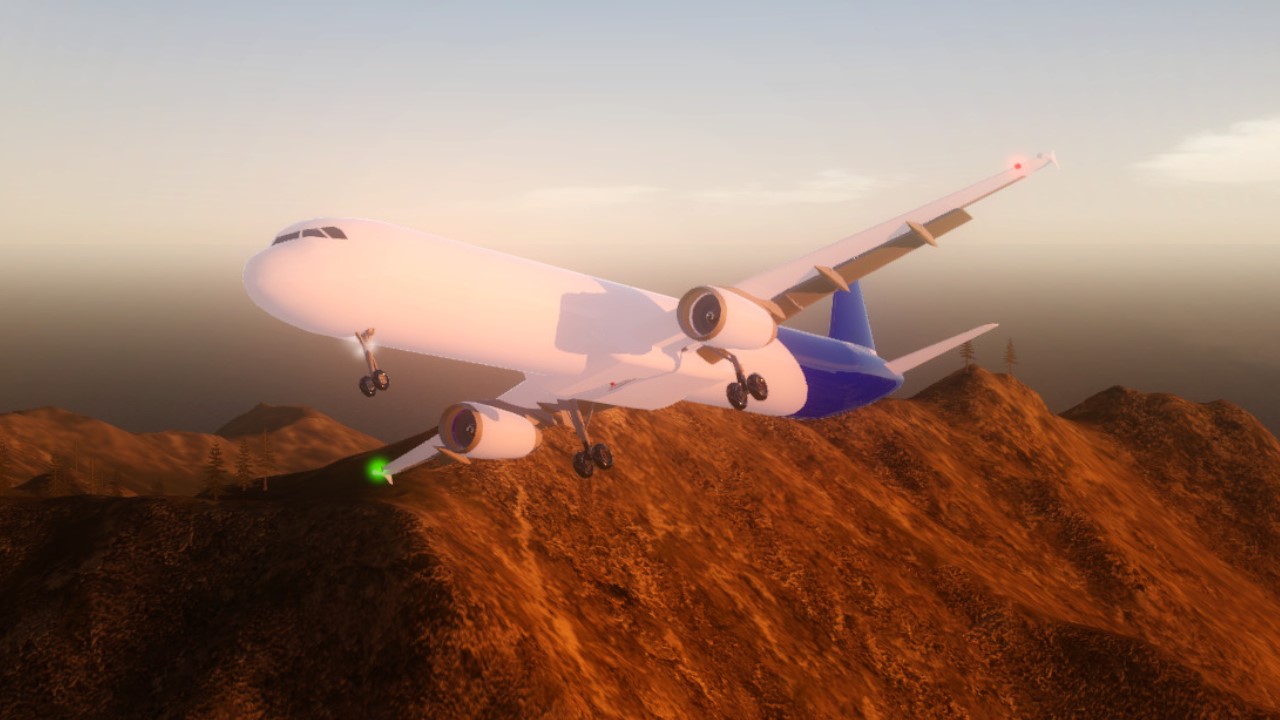
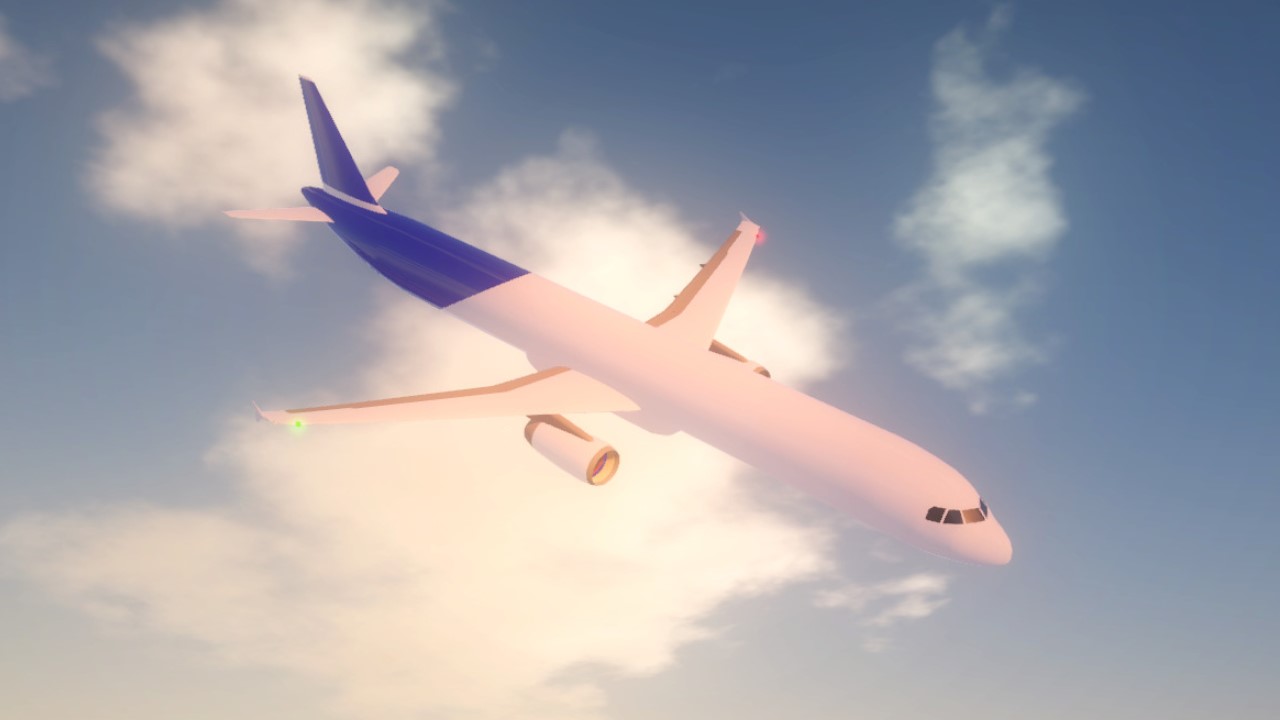
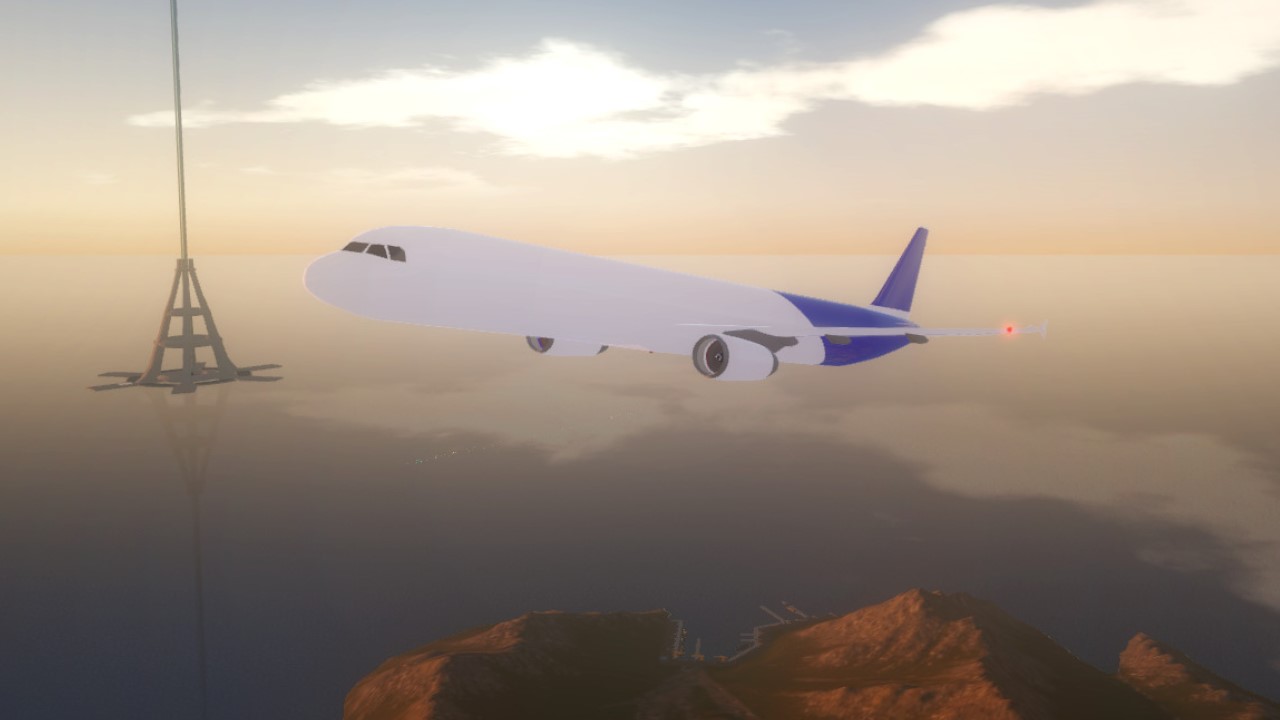
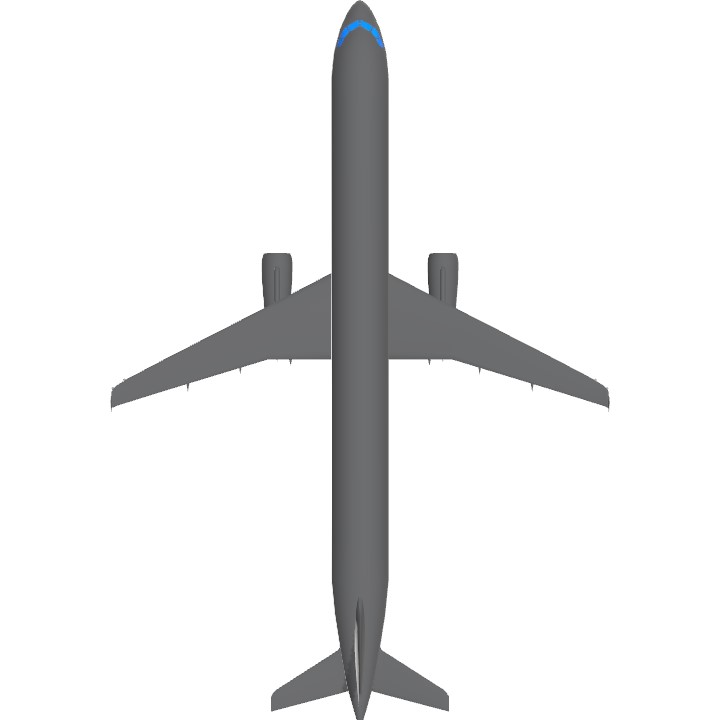
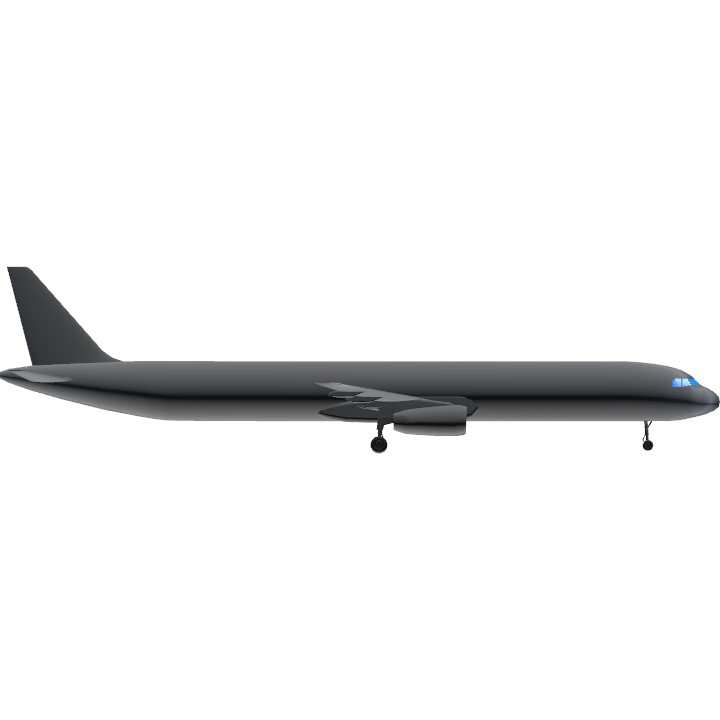
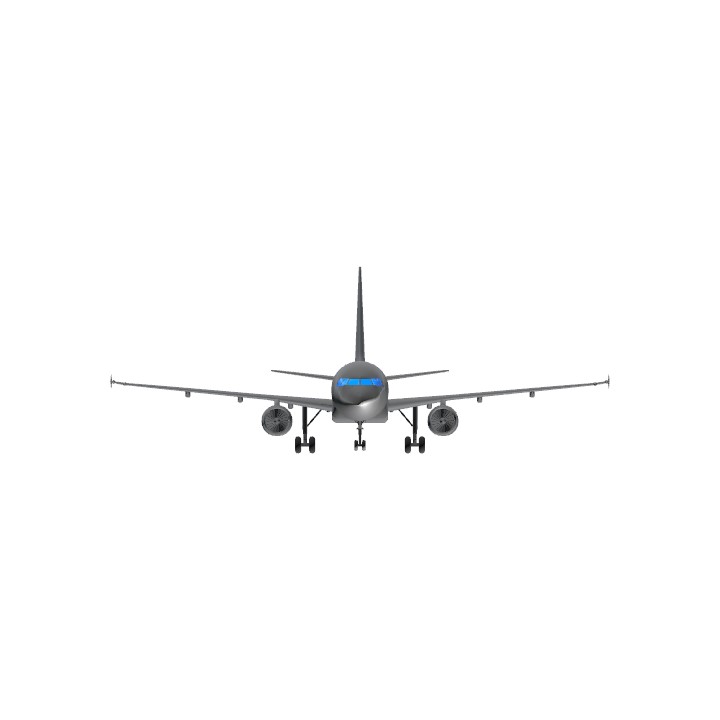
321 downloads
The fuselage is a little too long and also, I thought you have made an A321 Before?
The quality with the fuselage wings and the gear compartment is immaculate
Also Thant aint the A-321 that’s the A-322 💀